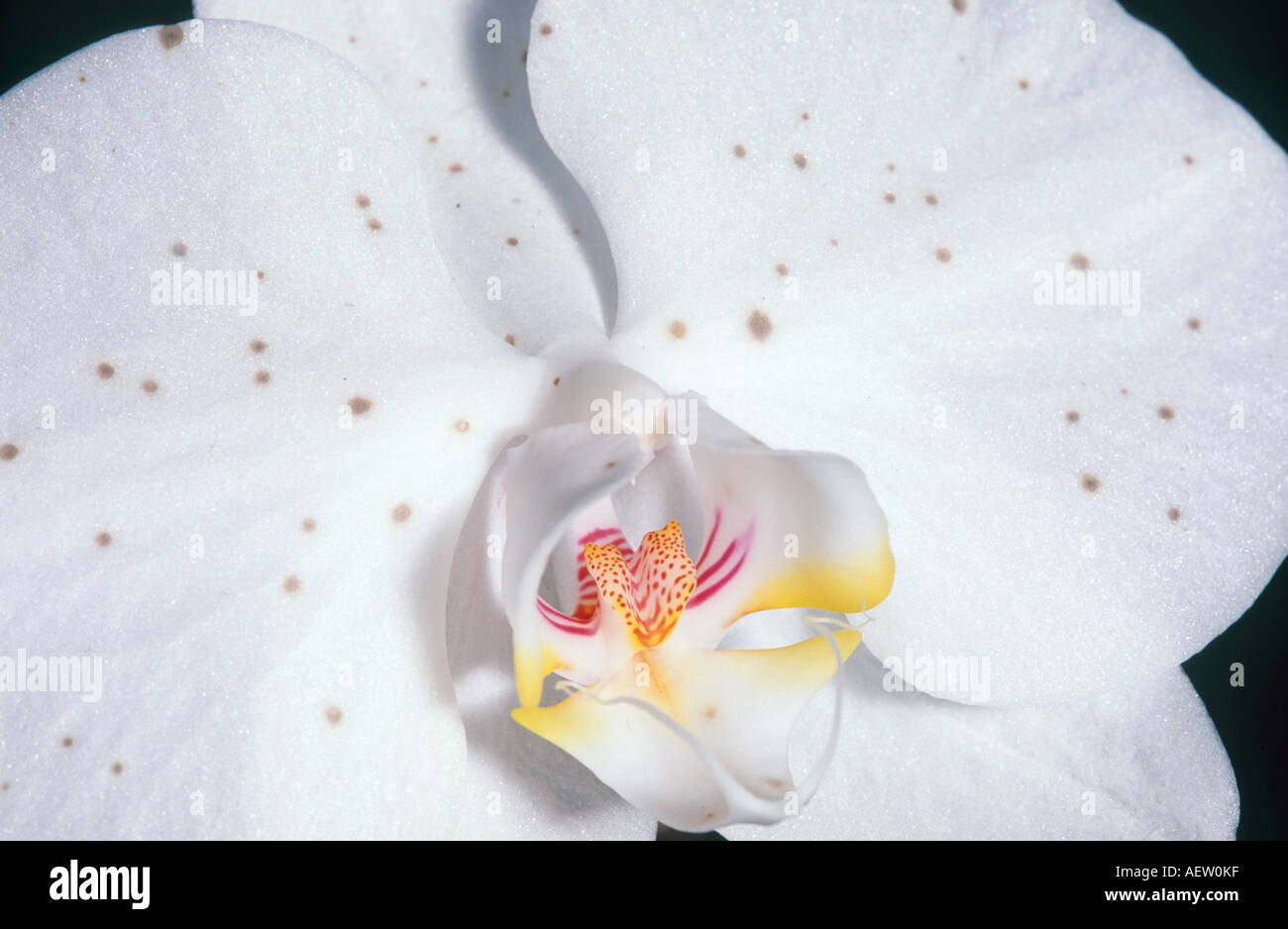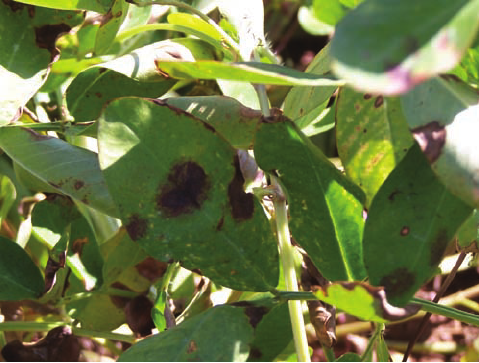


Remove plant debris: remove fallen leaves, petals, and any wilted parts of plants immediately and burn them.For instance, prune in late winter, cut just before a leaf node or, when pruning larger stems, cut as close to the main stem as possible. Therefore, use pruning methods that will cause minimal scarring on plant stems. Avoid wounding your plants: weak and wounded plants are most susceptible to grey mould.

Additionally, instead of overhead watering, opt for using a soaker hose to water your plants. Keep leaves dry: Don’t water your plants in the evening, as they will take longer to dry, thus providing ideal conditions for fungal growth.Therefore, regularly prune or split your plants to avoid overcrowding. Provide sufficient ventilation: Grey mould thrives in wet, dark environments.Use fungicides: spraying the soil and seedlings with organic fungicides such as copper oxychloride can be effective in controlling and preventing the disease.Shallow planting: planting seeds too deeply will delay germination and increase the chances of damping-off disease developing.Don’t overcrowd seedlings: air-circulation is important in preventing damping-off disease.Avoid overwatering: fungi that cause damping-of disease thrive in wet soil.If planting in a garden, use raised beds. Instead, purchase well-draining, pasteurised potting mixture. Use clean potting soil: if you’ve experienced problems with damping-off disease in your garden, do not use the same soil when planting new seeds.Make sure to disinfect them, or better yet buy new equipment, if the old ones have been in contact with the disease. Sterilise seeding kit: the fungus that causes damping-off disease lives in soil therefore, old seed trays, pots, benches, and tools may contain traces of contaminated soil.Plant resistant cultivars: purchasing rust-resistant varieties of various plants is another option to avoid the disease.Mix the powder with water according to the package instructions and spray all of the plant’s surfaces. You can use either copper or sulphur powder. This is because they’re ineffective against this fungus once it has developed. Fungicides: if you opt for the fungicide route, make sure you apply it before any infections appear.

Sterilise garden tools: make sure to disinfect your tools each time you use them to prevent spreading the infection.Provide sufficient air circulation: air circulation is important in preventing all fungal diseases therefore, regularly prune leaves, space your plants, and remove weeds that may cause overcrowding.Avoid overhead watering: water your plants from the base instead of overhead to reduce the leaves’ exposure to water because rust needs water to germinate.Even then, experts recommend quarantining new plants for at least 3 weeks in a separate area of your home to make sure they’re not infected. Buy disease-free plants: before bringing home any seedlings or plants, first check them for signs of rust disease.Remove infected leaves: prune off diseased leaves and collect fallen foliage immediately, then either put them in a bag for disposal or burn them to destroy the spores.Disinfect garden tools: make sure to sterilise your pruning tools and any other gear that comes into contact with infected plants to avoid spreading the infection.Prune and space plants: increasing air circulation by thinning foliage and spacing your plants helps to treat powdery mildew.Alternating between a baking soda spray and a milk spray helps to prevent the fungus from becoming resistant to the treatments. A mixture of 1 part milk to 10 parts water sprayed once every 7 to 14 days can significantly help to prevent infection before it appears.
BOTRYTIS BLIGHT FUCHSIA FULL


 0 kommentar(er)
0 kommentar(er)
